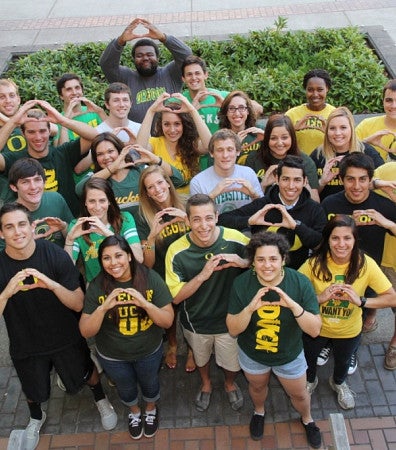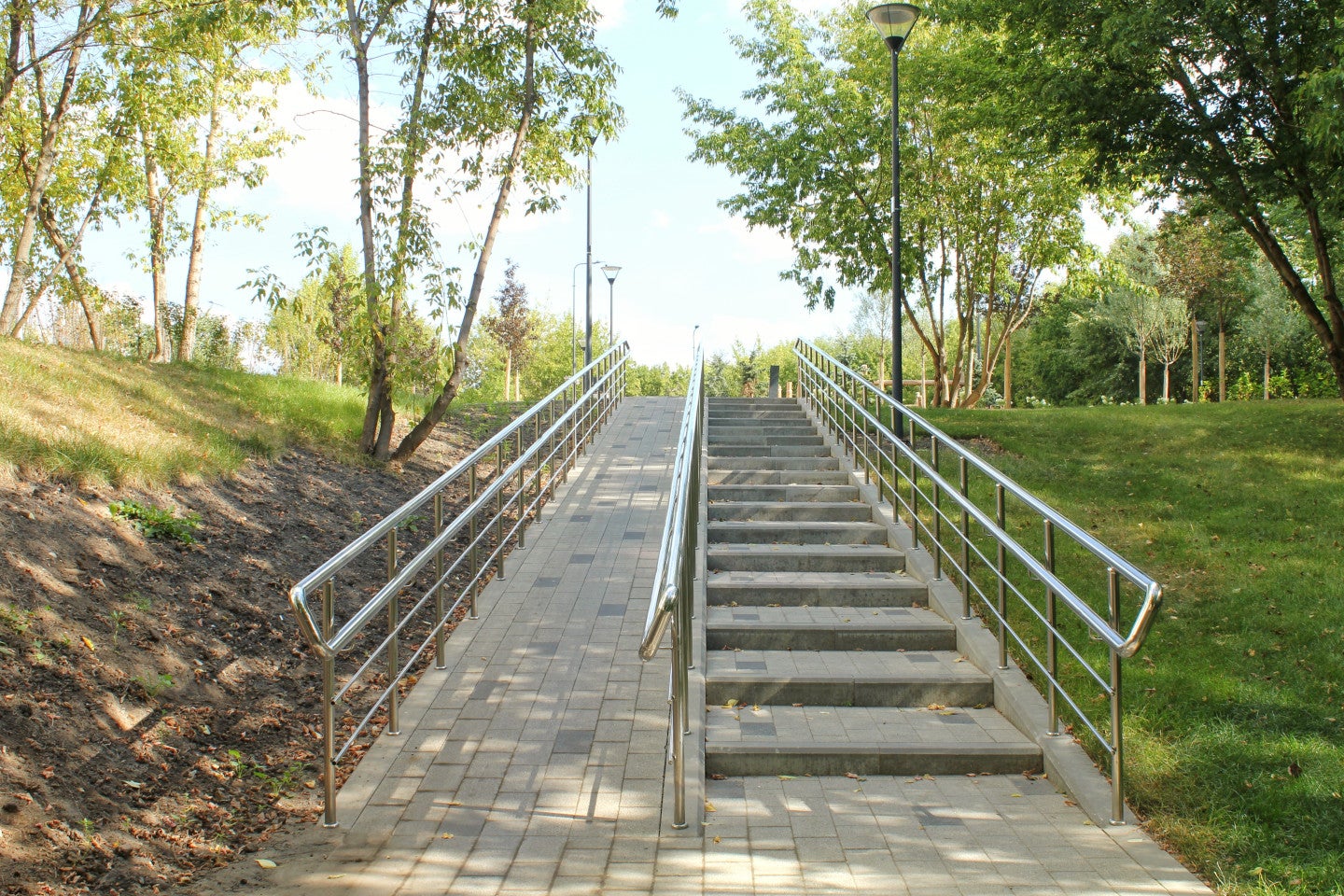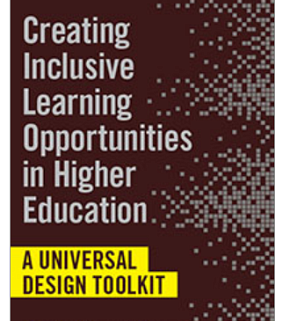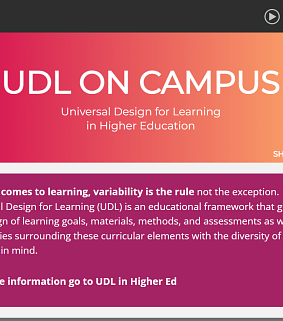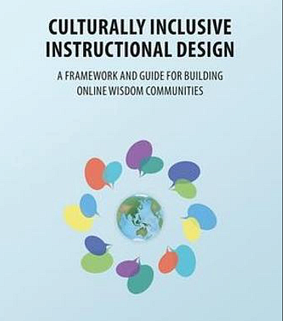Universal Design is an approach to designing environments (whether physical, digital, instructional, etc.) so that they can be accessed by all, "to the greatest extent possible," without requiring individual modifications. Humans are variable--there is no "average"--and it is both possible and desirable to design for our variability.
Universal Design for Learning (UDL) was developed from Universal Design for use in educational contexts. CAST, the organization that developed it, describes it as “a framework that addresses the primary barrier to fostering expert learners within instructional environments: inflexible, 'one-size-fits-all' curricula."
UDL features three general principles (as well as concrete guidelines for applying them). It says that, to design for learner variability, we can offer:
- multiple means of representation (ways to represent content/information)
- multiple means of engagement (ways to connect with interest and motivation)
- multiple means of action and expression (ways students can demonstrate their learning)



